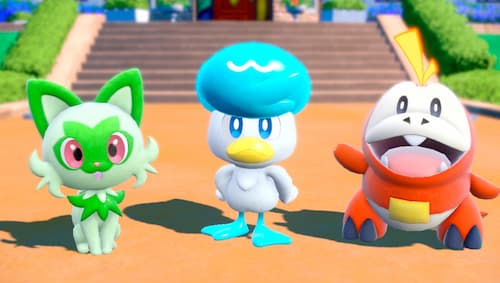Pokémon Scarlet and Violet is a mixed bag. It’s obvious where corners have been cut. But it excels at catering to lifelong fans while still being accessible to children in a fresh take on the classic Pokémon adventure.
There are two new functions to the gameplay. The ‘Let’s Go!’ feature commands one of your party to explore independently, collect items and auto battle wild Pokémon. You gain slightly less experience than regular battling, but it takes some of the monotony out of grinding when you need to level up.
The other is Terastillizing. Every Pokémon has a Tera Type, which can be (but isn’t always) the same as one of its original types. Triggering Terastillizing in battle takes advantage of a type change. It isn’t especially well utilized in the gameplay. The gym leaders Terastillize one Pokémon, but it’s always to their signature type. However, it has a lot of potential to generate some exciting twists in competitive play.
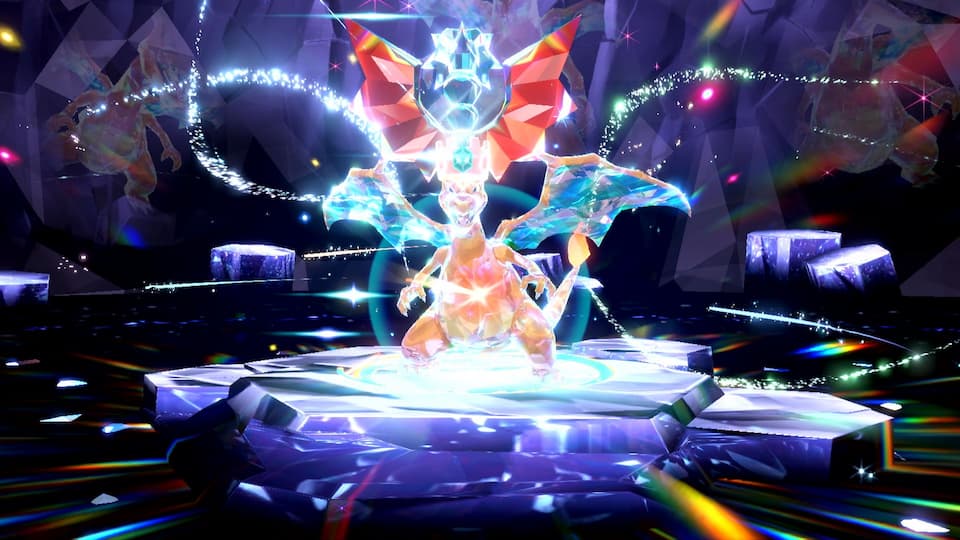
Pokémon Scarlet and Violet is an open world, with mixed results. You are a new student at school. With the help of your classmates and teachers, you go on an independent study excursion into Paldea.
Your adventure has three story options you follow in whatever order you choose, to an extent. The characters insist that your journey is your choice, but all three are necessary to unlock the climax of the overarching plot.
The gym challenge is like every other Pokémon game. There are eight gyms, specializing in different types. You earn a badge by defeating them and, when you have all eight, qualify to challenge the Elite Four to earn the Champion rank.
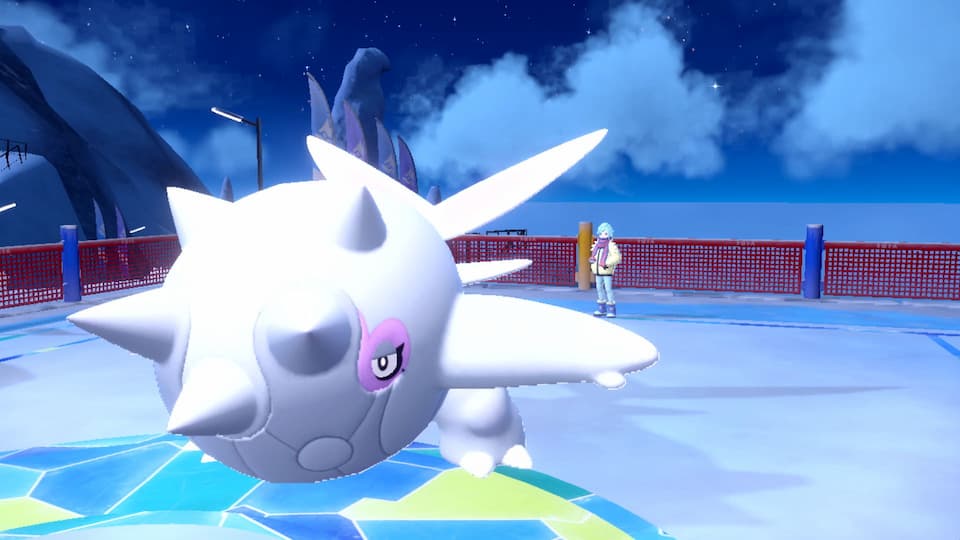
This generation adds a task to complete before challenging each gym. These mini games take the form of puzzles, quizzes and hide-and-seek. Some fall back on battling gym trainers, so the idea could have been better developed in places, especially as this feature has been around in some form for generations now. But it’s mostly fun.
Unlike other generations, there isn’t a set order in which you battle the gyms. However, the levels of the gym leaders’ Pokémon betray the expected route. At the start of your journey, you choose a direction to travel and either will take you to a gym with Pokémon all below level 20. If you don’t go back to the other before you’ve explored more, you’ll still get the set dialogue about how you’re doomed from a gym leader using Pokémon 50 levels below yours.
This is disappointing because your rival Nemona appears to cheer you on and battle at each town, and her Pokémon are adjusted to be a reasonable match for you. The function is there, it just hasn’t been used as well as it could have been.

Meanwhile, you also challenge the antagonists, Team Star, a group of troublemakers known for skipping class and causing chaos around school. They have split off into type-themed camps led by Squad Bosses, which you fight similarly to gym leaders, incorporating more type challenges into the game.
The gameplay is not terribly exciting. Each camp has a battle at the gate. This is followed by auto battles using three Pokémon to battle Team Star’s waves of opponents. You have to defeat 30 Pokémon in 10 minutes, but it never takes that long. It feels like a massive step down from the mysterious labyrinths where previous villain teams lurked. Exploring the camps and piecing together their story through finding clues and dialogue from trainers you’ve defeated would be more engaging.
When you defeat the Squad Boss, they step down as leader and you learn their backstory. This plotline is about bullying, friendship and how easily the best intentions can become distorted. It’s about ostracized children who can’t reach out to the adults who are supposed to protect them. It includes important messages that both children and adults will connect with. It feels real, drawing on personal experiences of being a lonely child in a complicated world. It is well paced and presented, and it’s a shame that it’s let down by its underwhelming action.

The final arc follows Arven in his quest to defeat the five Titan Pokémon to find the Herba Mystica. These are required to heal Arven’s mortally wounded Mabosstiff, his partner Pokémon and only friend during his lonely childhood. It’s as wholesome a story as any that center on the bond between trainer and Pokémon in the series’ history, compounded by Arven’s heartbreak over his neglectful parent, the Professor.
The Titan Pokémon are easy enough bosses. You have to find and battle them once on your own, then again in a double battle with one of Arven’s team. Each Titan you defeat unlocks a new skill in your rideable Pokémon, unlocking new areas of the map.
Once the three narratives are complete, you and your friends are summoned to help the Professor at the Great Crater of Paldea. There, a time machine has opened a portal that extremely powerful Pokémon are travelling through, posing a massive threat to Paldea.
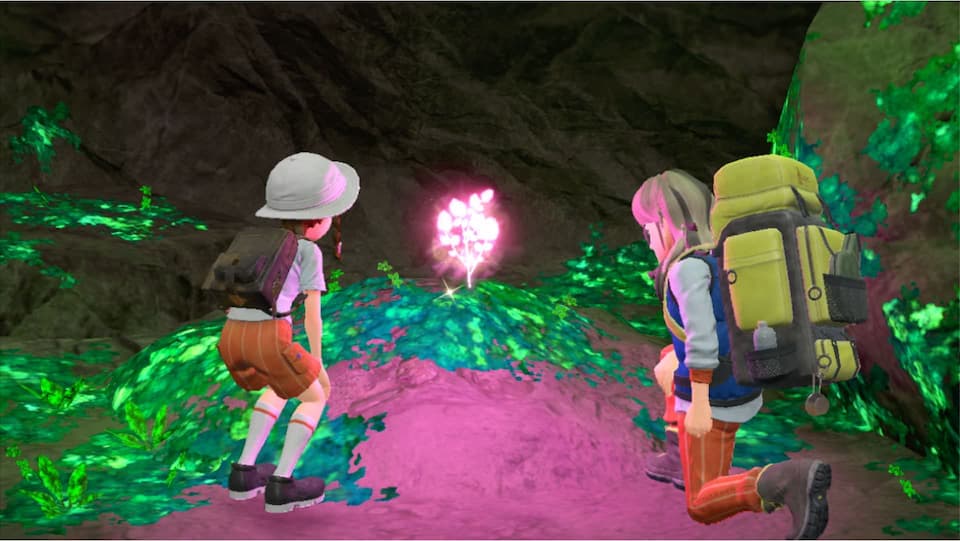
The stories combine elegantly. The revelations for Arven particularly make his childhood all the more heartbreaking. It makes for an overall story of love and loss, friendship and family, ambition and corruption. It has powerful emotional punches that rival tales of Cubone’s murdered mother and Mewtwo’s bitter revenge on humanity. Crucially, the depth is handled in a way that children can absorb, potentially giving them tools to understand and articulate difficulties they might experience themselves.
It is a shame that technical issues let down this beautiful story. The game is slow. The riding mechanic is clunky. Rendering is poor. None of these issues is game-breaking, but they pile up and get very frustrating.
Every problem in this game could have easily been fixed with time and resources the studio definitely has at its disposal. A more sustainable release schedule could have avoided any issues, but as long as profit is the driving motivation behind these games, rather than pride in a quality finished product, I expect these bugs will stay annoyingly common.
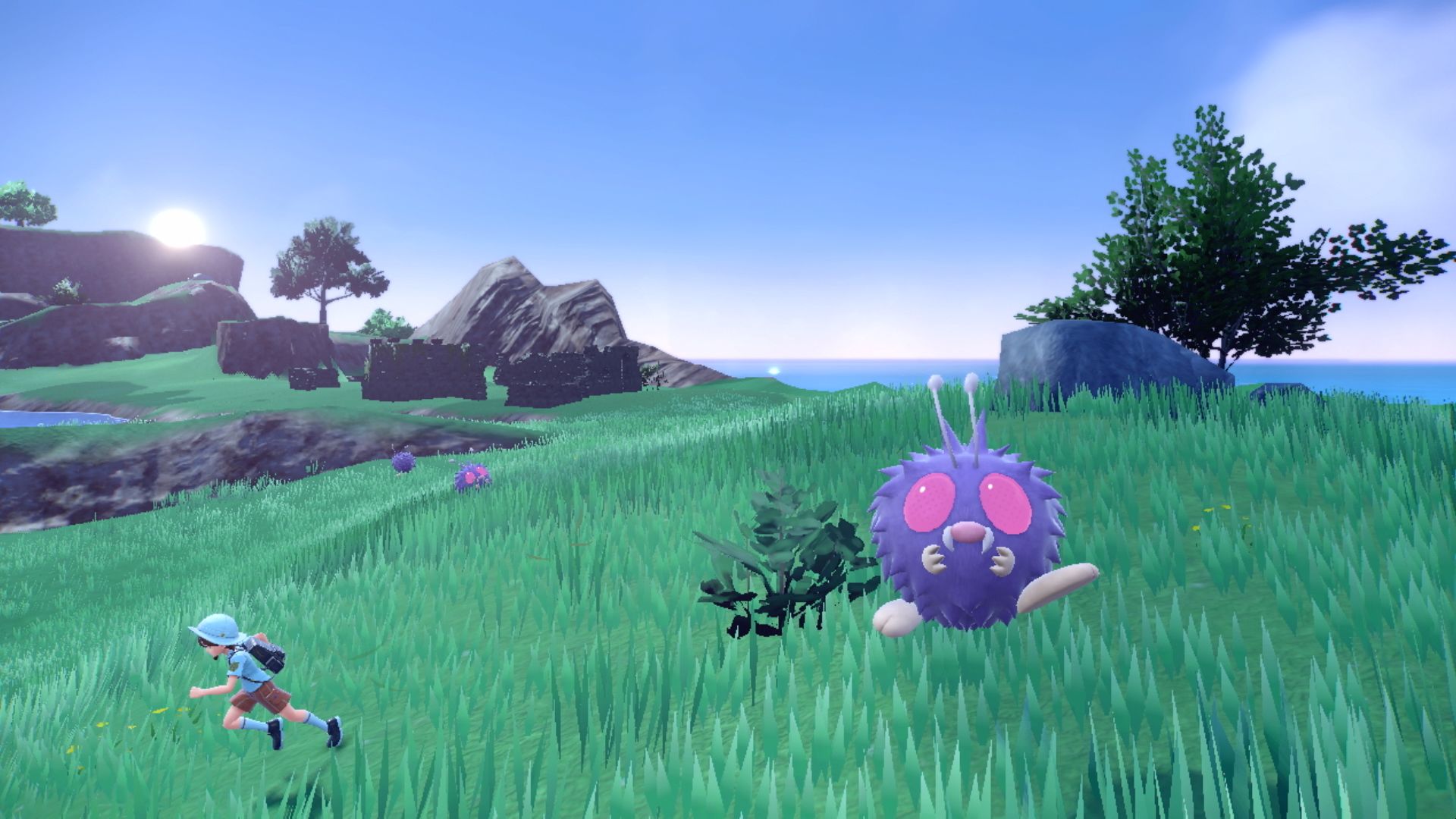
Ultimately, I like this game. I like the new Pokémon designs, I like the details that pay homage to older games, I love the way the storylines weave together to create a profound whole. But I would like it a lot more if the ideas at its foundation had been better executed, if it hadn’t been rushed and if the proper time and attention had gone into ensuring it met its potential.
Review: Pokémon Scarlet and Violet (Nintendo Switch)
5
Pokemon Scarlet and Violet is an imaginative reinvention of the iconic Pokemon adventure, with a heart wrenching story and a real sense of soul, which is let down by sloppy mechanics, half-fulfilled ideas and disappointingly common cut corners.

